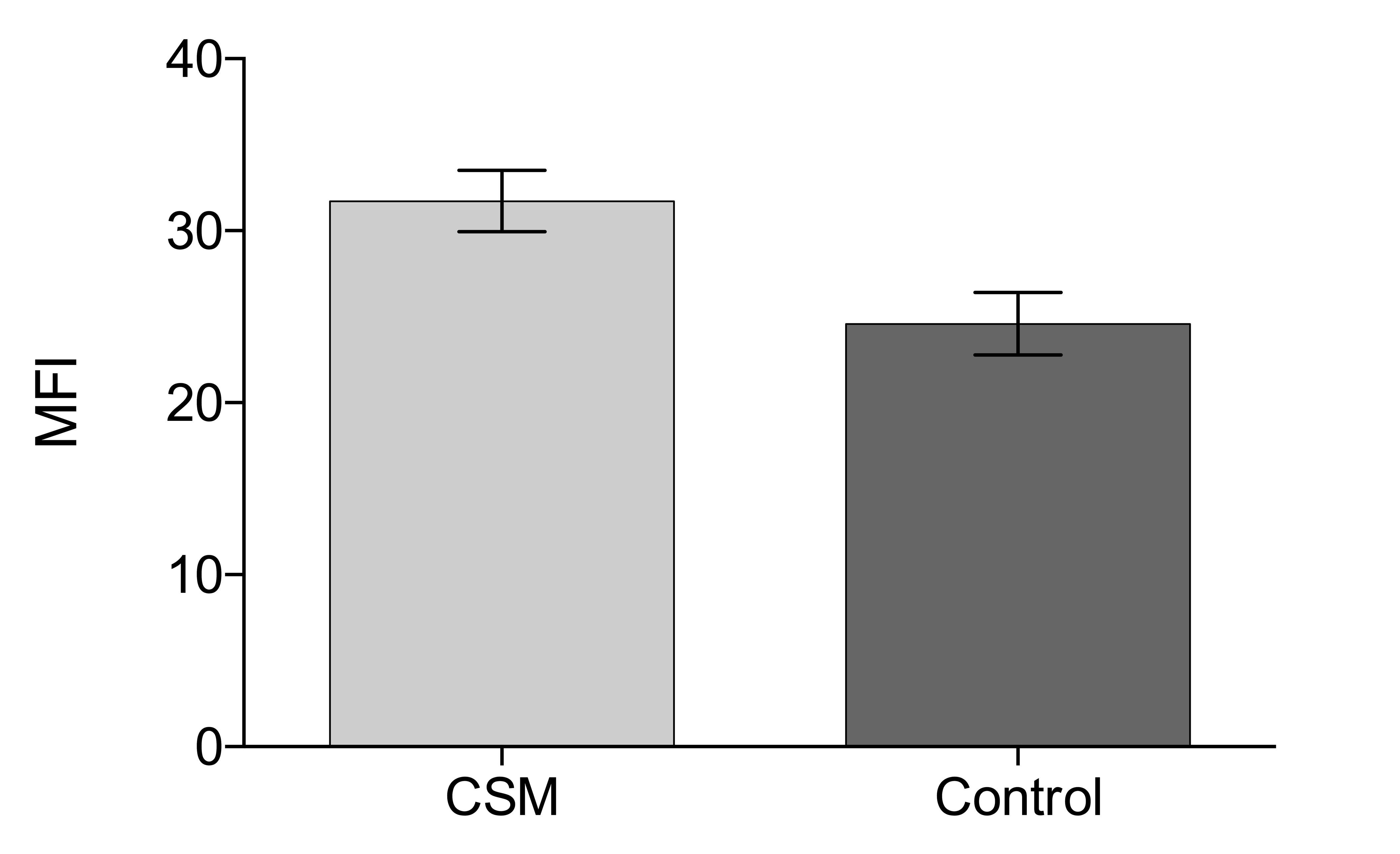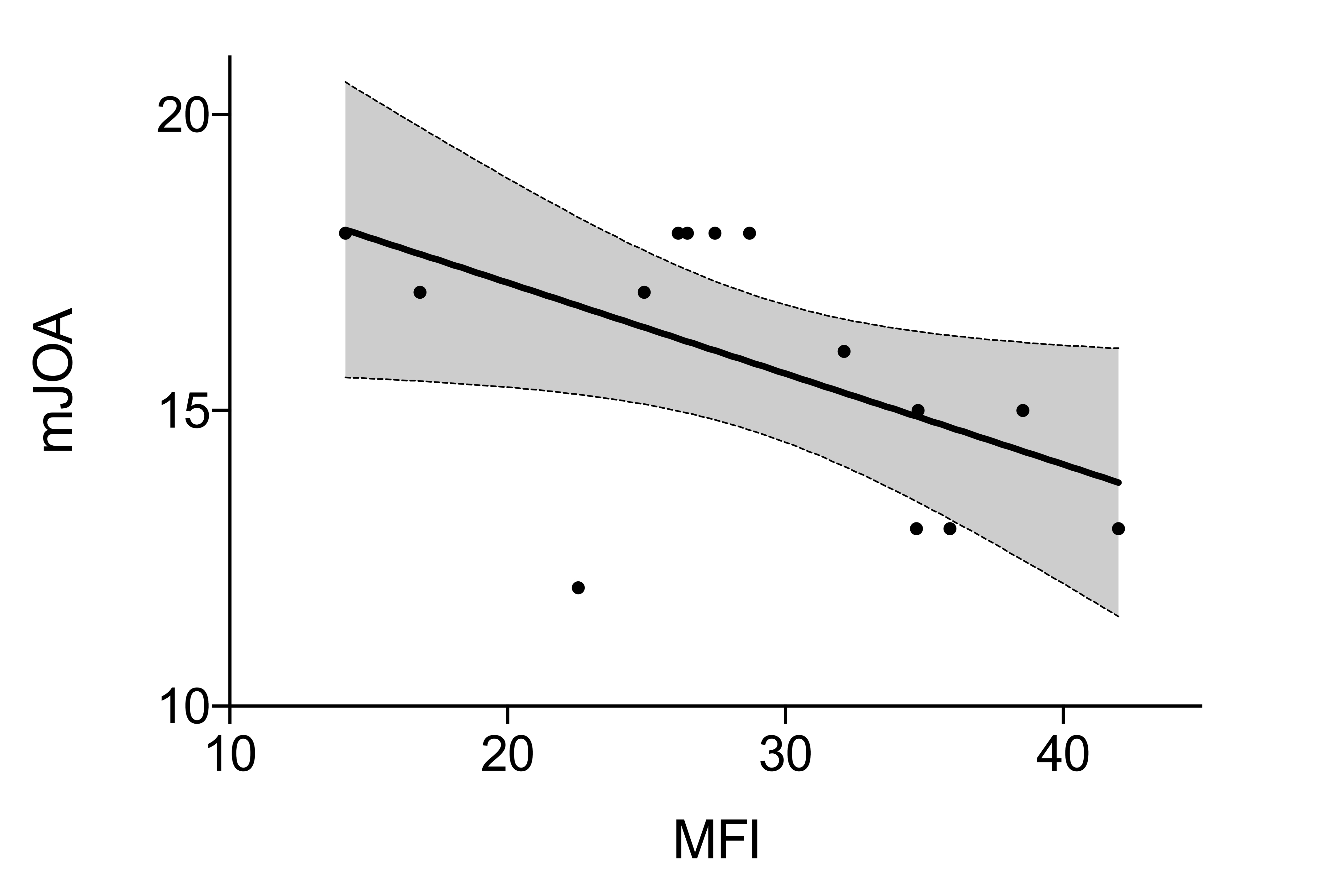Presenting Author:
Michael Cloney, M.D.
Principal Investigator:
Zachary Smith, M.D.
Department:
Neurological Surgery
Keywords:
Cervical spondylotic myelopathy, CSM, myelopathy, spasticity, spine
Location:
Ryan Family Atrium, Robert H. Lurie Medical Research Center
C55 - Clinical
Fatty Infiltration of the Multifidus Muscle in Cervical Spondylotic Myelopathy
Background and Purpose: Cervical spondylotic myelopathy (CSM) is one of the most common spinal cord disorders of the elderly. Muscle fat infiltration (MFI), the pathological infiltration of fatty tissue into muscle, may contribute to pain and disability in patients with CSM. We examined the relationship between MFI and the clinical manifestations of CSM Materials and Methods: We prospectively enrolled nine CSM patients and five aged-matched controls to undergo MRI imaging of the cervical spine. A blinded investigator manually traced regions of interest for each of the bilateral multifidii muscles from C3 to C7 on the fat-water MRI images to calculate MFI percentages. Nurick, Neck Disability Index, and modified Japanese Orthopedic Association scores were collected for all patients. Results: CSM patients and controls were equivalent with respect to age, height, weight, gender, race, smoking status, and employment status. CSM patients and controls were significantly different with respect to mJOA score (14.6±0.6, 18.0±0.0, p = 0.0017), NDI (18.6±2.9 v. 0.80±0.80, p = 0.0007), and Nurick score (1.9±0.3 v. 0.0±0.0, p = 0.0008). MFI was significantly higher in patients with CSM than in controls (31.7% v. 24.6%, respectively, p = 0.0178). mJOA scores were linearly correlated with MFI (R = 0.542, p = 0.0453), but NDI was not (p = 0.3125). Higher MFI was associated with increased disability on the Nurick scale (p = 0.0371). Conclusions: CSM is associated with increased MFI of the multifidii muscles. MFI may contribute to the clinical signs/symptoms associated with CSM, as measured by mJOA and Nurick scores.


